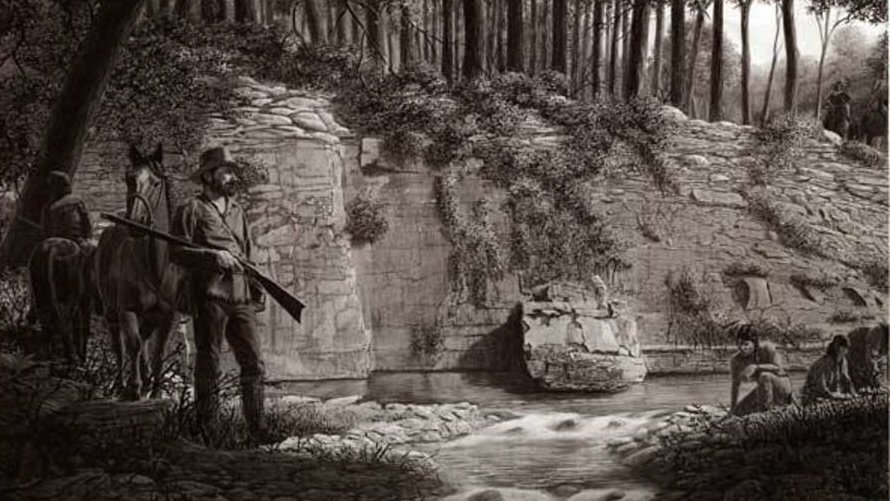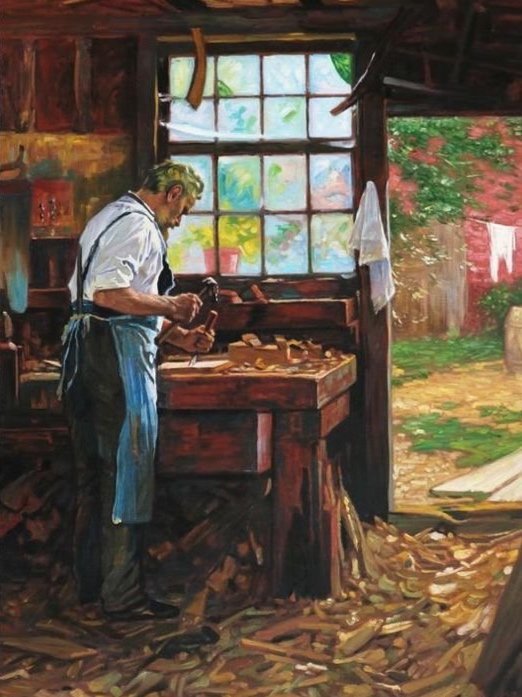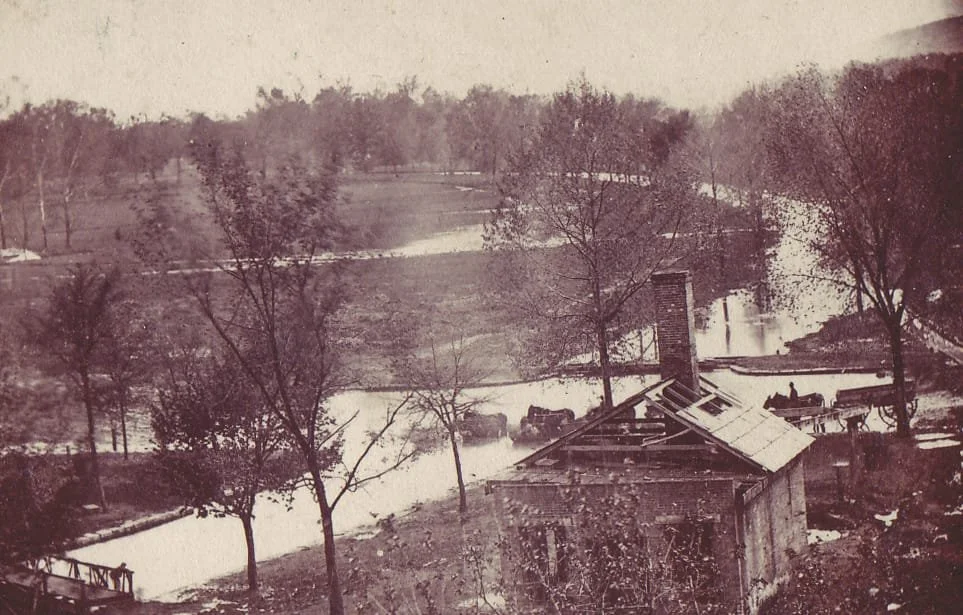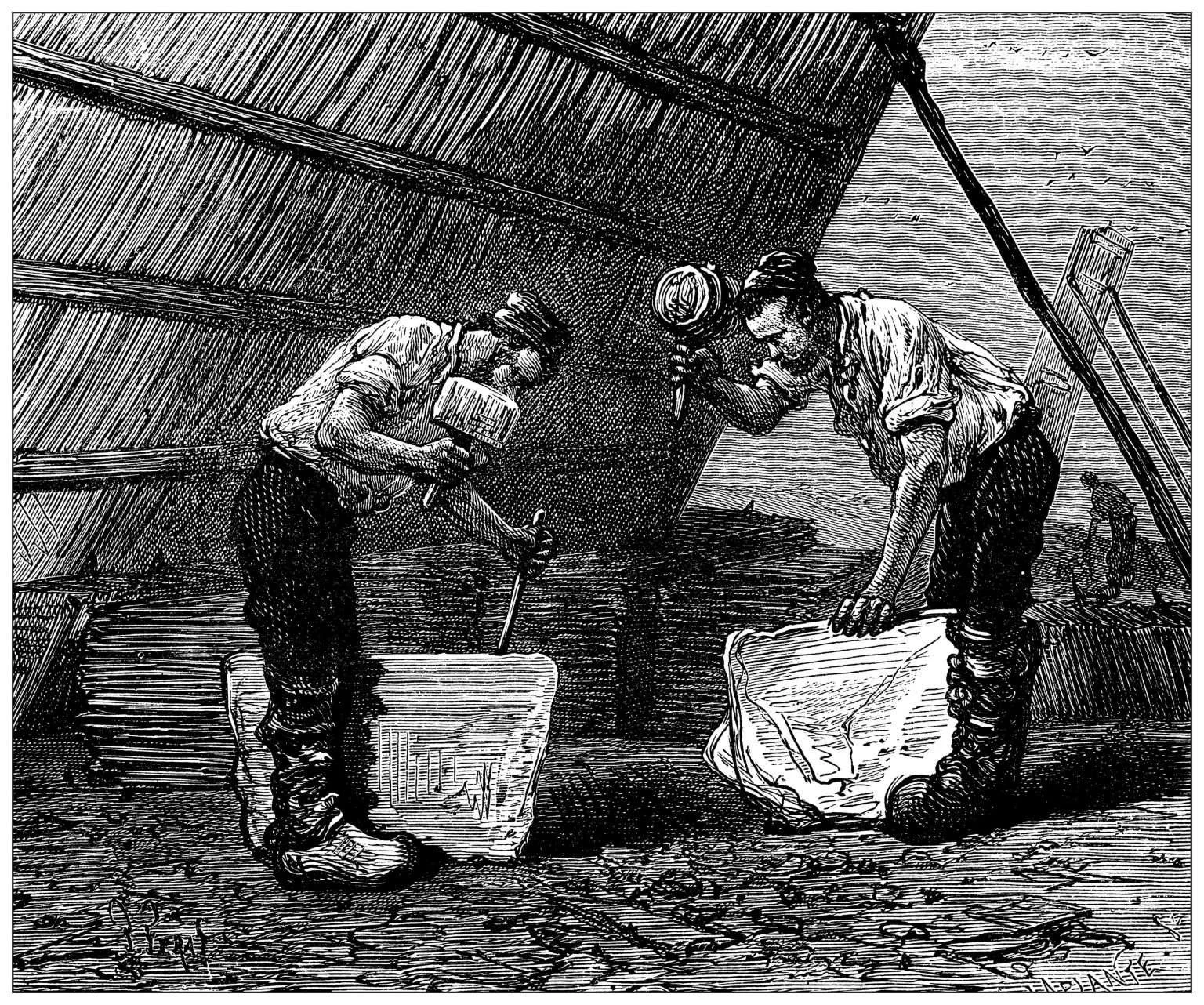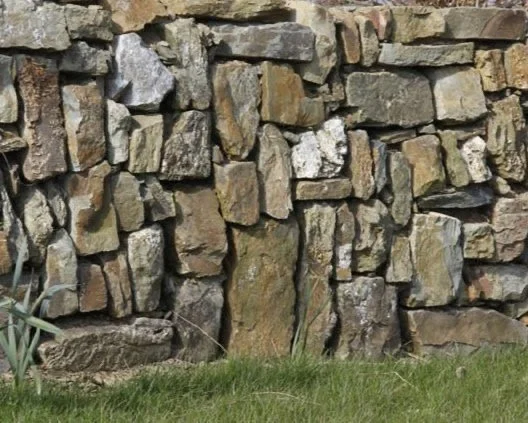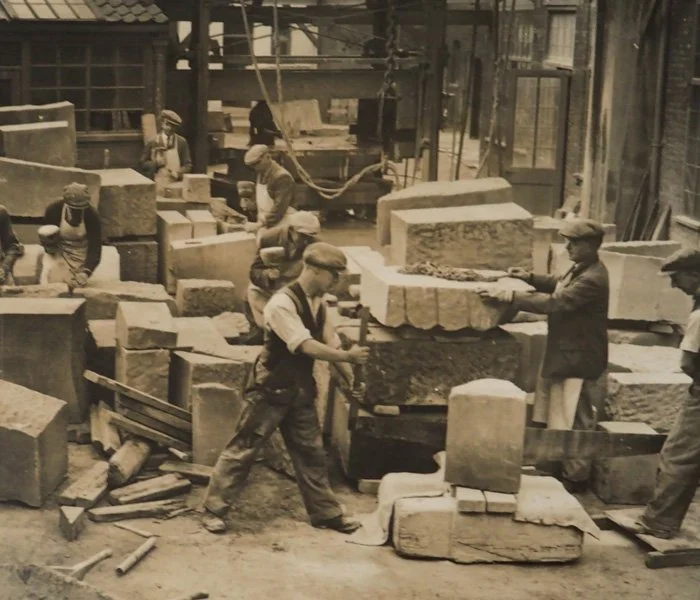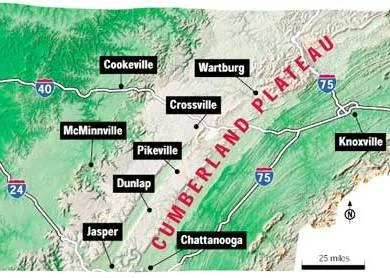From the earliest days of the American Republic, the Conleys have been explorers and adventurers.
The personality and character of the United States has been defined by a quest for freedom and new identities. Nowhere is that more true than in the westward expansion of the country. The Conley’s many business endeavors often involved the expansion of United States along the Western Frontier. The western frontier was initially defined by North American territories west of the Appalachian Mountains in the early 1800s. Then, expansion came to defined by territories west of the Mississippi River, in the late 1800s. The development of the West Coast defined the early 1900s. In each of the these stages, the Conley Family continued to evolve and adapt.
THE ORIGINAL WESTERN FRONTIER -
THE OHIO AND TENNESSEE VALLEYS
After the development of the Ohio and Tennessee Valleys, the Western Frontier moved to the territory purchased from France, with Napolean’s ill-considered Louisiana Purchase.
HOTELS AND HORSES
(1800-1845)
CGH began over 200 years ago, with the original businesses established by Conleys in the interwar period between the American Revolutionary War and The War of 1812. When the organized family began, the 13 American Colonies had recently defeated the British Army, and the new country rapidly expanded to the west. Those small Conley businesses generally formed around the equestrian economy. Those small businesses grew rapidly, thus providing a foundation for the family in the decades that followed.
The crown jewel of those businesses was the legendary Green Bottom Inn & Equestrian Resort in Huntsville, Alabama. Green Bottom was owned by John Oldham Connally, and managed by John’s brother Archibald Conley, and John’s son James Conley, and the children of James. Green Bottom was relatively famous in the early days of the United States, when the border lands of Tennessee and Alabama were considered part of the ‘Western Frontier’. Sportsman far and wide would visit, and John Connally’s prowess in horse breeding was known throughout the country.
In the early 1800s, horses were the equivalent of cars and trucks today - the essential transportation flow of all of society. Every aspect of farming, industry, commerce, government, and even sports & leisure, in America relied upon horses and hounds. The Conleys bred, fed, housed, outfitted those horses and hounds, and grew wealthy as demand increased dramatically in the Antebellum South from 1790 to 1850.
BARNS, STABLES, COACHES, & CARRIAGES (1850-1900)
Paschal Conley Sr., son of James Conleys amassed considerable wealth in the 1870s after the Civil War with livery & stable operations.
The construction of houses, barns, and stables, was the largest of those businesses. The manufacture and maintenance of horse drawn carriages, buggies, and coaches were another area of endeavor. Paschal Conley Sr. prospered as a stable and livery owner for the landed gentry before the Civil War, and for the Reconstruction carpet baggers after the Civil War.
John Conley repaired the carriages parked in his brother Paschal’s livery at the site shown below.
Hamilton Conley, woodworker. The grandson of John Oldham Connally, Hamilton Initially apprenticed as groundskeeper for the Green Bottom Inn & Equestrian Resort. He was also trained in woodwork and his crew produced much of the furniture used at Green Bottom.
METAL SMITHING AND HORSE TACK
(1850-1900)
Hamilton Conley was the head groundskeeper and gardener for the Green Bottom resort, and turned it to a business after the Civil War. He was trained as a woodworker.
The Indian Creek Canal once connected Big Spring in Huntsville, Madison County, to the Tennessee River some 16 miles to the south in Alabama. Constructed in the 1820s for the transportation of plantation-grown cotton and other crops to the markets, it was the earliest known canal in Alabama. William ‘Bill’ Conley made a small fortune using the canal to transport cotton and other crops even after its obsolescence due to emergence of railroads linking the city to the Tennessee River. In spite of the railroads, the Tennessee River still provided access to shipping routes on the Ohio River and the Mississippi River from the 1840s until the 1880s.
Producing bits, bridles, buckles, stirrups, horse shoes and other horse tack, the Conleys dominated blacksmithing in the Tennessee Valley Region. William ‘Bill’ Conley owned a successful string of Blacksmith locations across Northern Alabama, leverage his skills and contacts while managing blacksmith operations at Green Bottom Resort in his youth. Along with his brother James and son Paschal, Conleys supplied various products and services that fueled the westward expansion of The South, mostly visibly, the businesses that comprised the horse-driven economy of the era.
MASONRY & REAL ESTATE
(1850-1900)
One branch, the Green & Harriet line, continued with stone masonry. All of Green’s sons - Alexander, Milton, and Jonas - were trained as skilled stone masons. The technique for building walls and buildings was learned prior with highly skilled indentured servants from Europe. The stones were mined and extracted from the Cumberland Plateau, and their light grey color range gave Green Bottom its distinctive appearance.
Led by Green Conley, the family also began to acquire land. In some cases, the Homestead Acts enabled the acquisition of land for homes in which multiple branches of the family lived throughout the Ohio Valley and Tennessee Valley. Later Conley Homesteads in New England and the Rocky Mountains would come into being.
Today interests in Water, Food & Beverage, Pet Care, Arts & Entertainment, and Homebuilding, all of which stem from historical companies founded, led, or managed by Conleys since 1816.
1816-2026
210 YEARS
Preserving family values for the next generation is a recurring theme in the history of the Conley Family. Beginning with the establishment of the original Green Bottom Equestrian Resort, then the various spinoff businesses founded by the grandchildren, nieces and nephews of Green Bottom’s founder, the family has adapted to seize the opportunities of a given era.
Today, as disparate as the industries of family’s endeavors may be, the companies in which the family invests share one of three characteristics: 1) They design, develop, and distribute products that focus on families; 2) They are managed according to the Conley Family’s original values of personal accountability, self-determination, and individual dignity to which all people are entitled; 3) The companies attempt to operate in a manner that promotes a better society, rather than making a quick profit at the expense of humanity.

